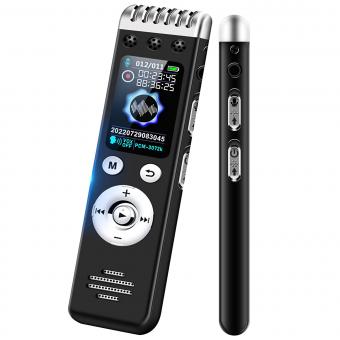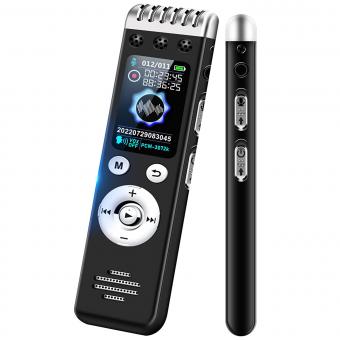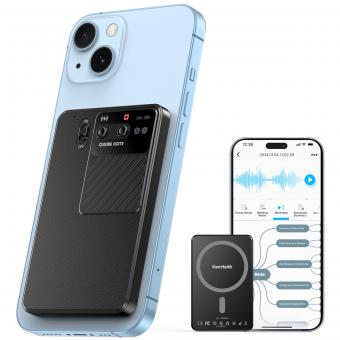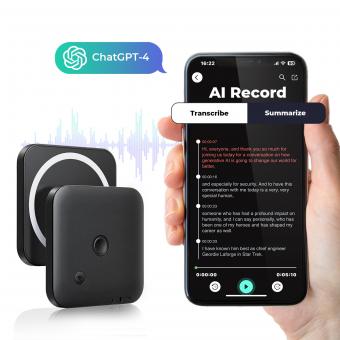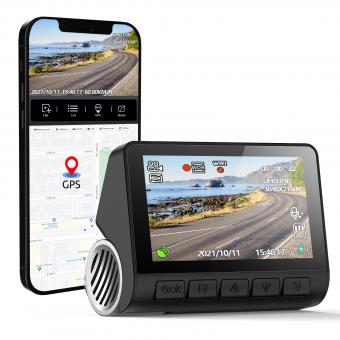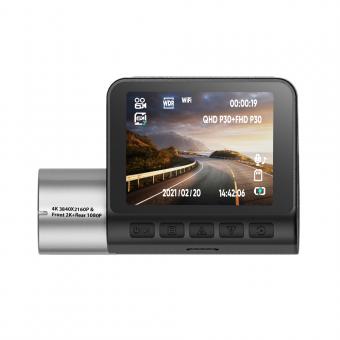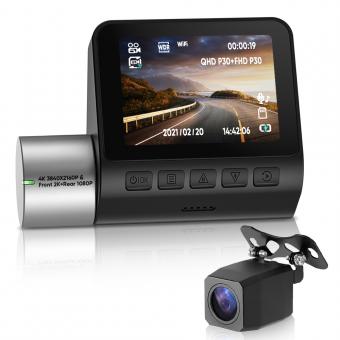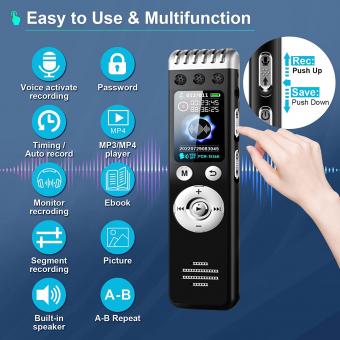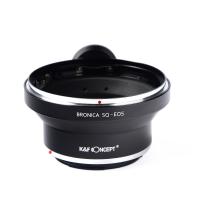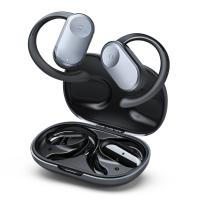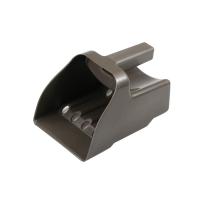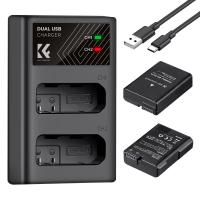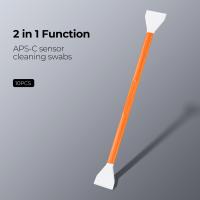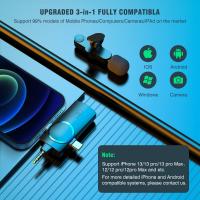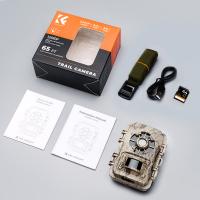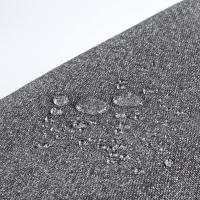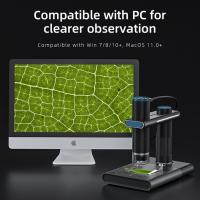How Voice Recorder Works ?
A voice recorder works by converting sound waves into electrical signals. It consists of a microphone that captures the sound waves and converts them into analog electrical signals. These signals are then amplified and processed to enhance the quality of the recording.
The analog signals are then converted into digital format using an analog-to-digital converter (ADC). This conversion involves sampling the analog signals at regular intervals and assigning numerical values to each sample. The digital signals are then stored in a memory device, such as a flash memory or hard drive, as a series of binary data.
To play back the recorded audio, the digital data is retrieved from the memory and converted back into analog signals using a digital-to-analog converter (DAC). The analog signals are then amplified and sent to a speaker or headphones, allowing the user to hear the recorded sound.
Modern voice recorders often come with additional features such as built-in storage, USB connectivity, and various recording modes to cater to different needs and preferences.
1、 Microphone technology and sound capture in voice recorders
Microphone technology and sound capture in voice recorders have evolved significantly over the years, allowing for high-quality audio recording in a compact and portable device. The basic principle behind how a voice recorder works is the conversion of sound waves into electrical signals that can be stored and played back.
Voice recorders typically use a type of microphone called a condenser microphone. This type of microphone consists of a diaphragm and a backplate separated by a small gap. When sound waves hit the diaphragm, it vibrates, causing changes in the distance between the diaphragm and the backplate. These changes in distance create variations in capacitance, which in turn generate electrical signals proportional to the sound waves.
The electrical signals produced by the condenser microphone are then amplified and converted into a digital format using an analog-to-digital converter (ADC). The ADC samples the analog signals at regular intervals and assigns numerical values to represent the amplitude of the sound waves at each sample point. These digital samples are then stored in the memory of the voice recorder.
In recent years, advancements in microphone technology have led to the development of digital MEMS (Micro-Electro-Mechanical Systems) microphones. These microphones use tiny silicon-based structures to detect sound waves and convert them into electrical signals. MEMS microphones offer advantages such as smaller size, lower power consumption, and improved noise cancellation, making them ideal for use in compact voice recorders.
Furthermore, voice recorders now often incorporate additional features such as multiple microphones for stereo or surround sound recording, noise reduction algorithms, and adjustable sensitivity settings. These advancements enhance the overall audio quality and versatility of voice recorders, making them suitable for a wide range of applications, including interviews, lectures, and music recording.
In conclusion, voice recorders utilize microphone technology, such as condenser or MEMS microphones, to capture sound waves and convert them into electrical signals. These signals are then processed, digitized, and stored for playback. Ongoing advancements in microphone technology continue to improve the performance and functionality of voice recorders, ensuring high-quality audio recording in a portable and user-friendly device.
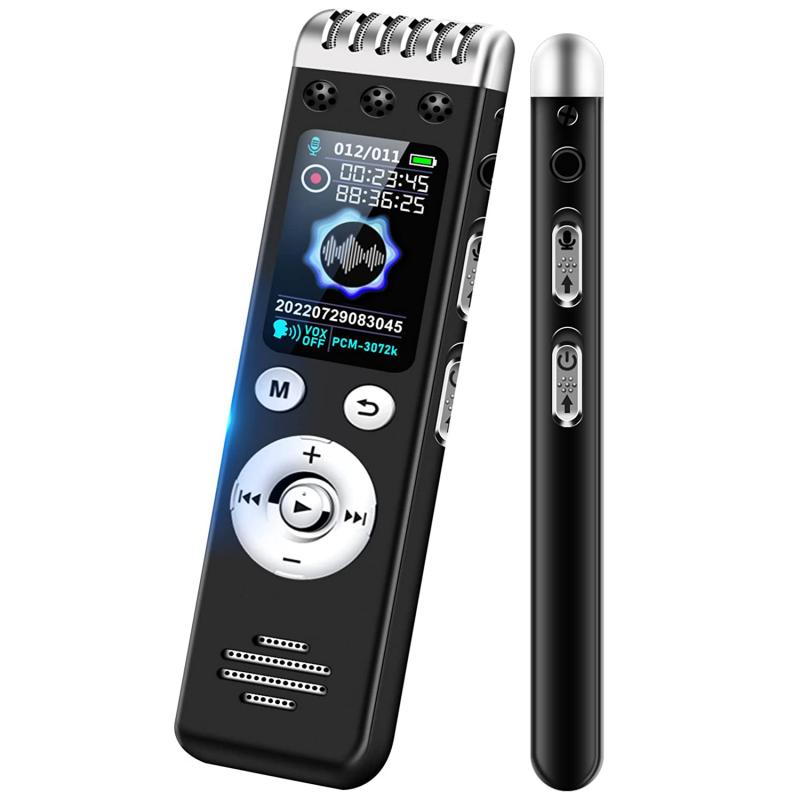
2、 Analog-to-digital conversion process in voice recording devices
The analog-to-digital conversion process is a crucial component in voice recording devices, enabling the conversion of analog sound waves into digital signals that can be stored and manipulated digitally. This process involves several steps that ensure accurate and high-quality recording.
Firstly, the analog sound waves are captured by a microphone, which converts the sound waves into electrical signals. These electrical signals are then amplified to an appropriate level for further processing.
Next, the analog signals are sampled at regular intervals by an analog-to-digital converter (ADC). The ADC measures the amplitude of the analog signal at each sampling point and assigns a numerical value to represent it. The rate at which the analog signal is sampled is known as the sampling rate, typically measured in kilohertz (kHz). Higher sampling rates result in better audio quality, as they capture more detail of the original sound wave.
Once the analog signals are converted into digital samples, they are quantized. Quantization involves assigning a specific numerical value to each sample, representing its amplitude. The number of bits used for quantization determines the dynamic range and resolution of the digital audio. More bits result in a higher dynamic range and better audio quality.
The digital samples are then encoded and stored in a digital format, such as WAV or MP3. These formats use various compression algorithms to reduce the file size while maintaining acceptable audio quality. The encoded digital audio can be stored on various media, such as hard drives, flash drives, or cloud storage.
In recent years, advancements in technology have led to the development of more sophisticated voice recording devices. These devices often incorporate advanced noise cancellation algorithms, multiple microphones for better audio capture, and improved ADCs for higher sampling rates and resolution. Additionally, voice recording apps and software have become increasingly popular, allowing users to record and edit audio directly on their smartphones or computers.
Overall, the analog-to-digital conversion process is a fundamental aspect of voice recording devices, enabling the conversion of analog sound waves into digital signals that can be stored, manipulated, and reproduced with high fidelity.
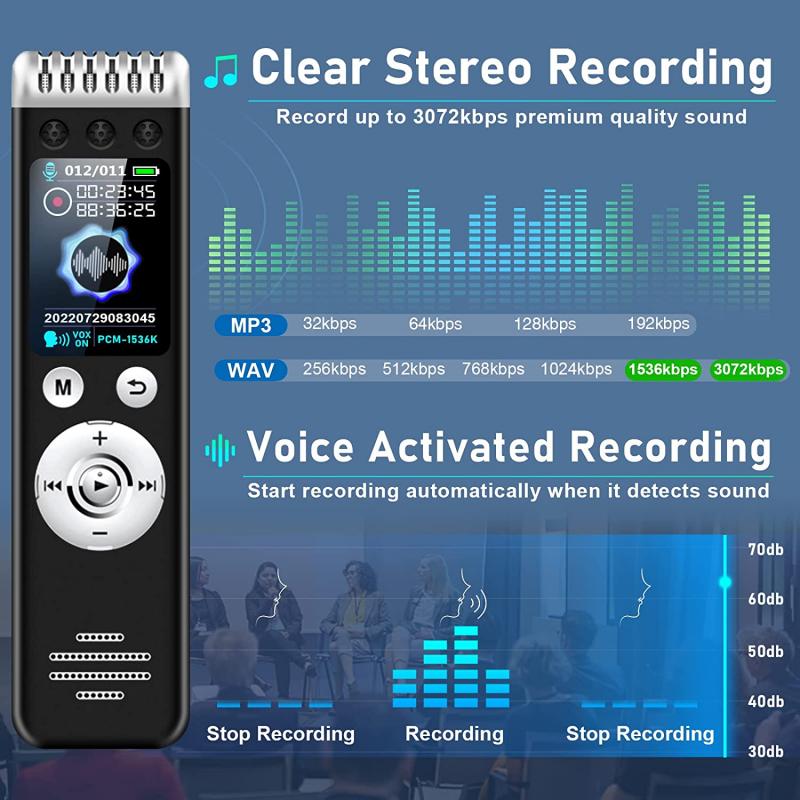
3、 Storage and file formats used in voice recorders
A voice recorder is a device that captures and stores audio recordings. It works by converting sound waves into digital signals that can be stored in various file formats.
The process begins with a microphone, which picks up the sound waves and converts them into electrical signals. These signals are then amplified and digitized by an analog-to-digital converter (ADC). The ADC samples the analog signal at regular intervals and assigns a numerical value to each sample, creating a digital representation of the sound.
The digital audio data is then compressed to reduce file size and optimize storage capacity. Various compression algorithms, such as MP3 or AAC, are commonly used in voice recorders. These algorithms remove redundant or irrelevant information from the audio file, while preserving the essential characteristics of the sound.
Once the audio data is compressed, it is stored in a digital format on the device's internal memory or an external storage medium, such as an SD card. The storage capacity of a voice recorder can vary, ranging from a few megabytes to several gigabytes, depending on the device.
In terms of file formats, voice recorders typically support common formats like WAV, MP3, or WMA. WAV files are uncompressed and provide high-quality audio, but they consume more storage space. MP3 and WMA files, on the other hand, are compressed and offer a good balance between audio quality and file size.
In recent years, voice recorders have seen advancements in storage capacity and file formats. Many devices now offer expandable storage options, allowing users to increase the memory capacity using SD cards. Additionally, newer voice recorders may support more advanced file formats, such as FLAC (Free Lossless Audio Codec), which provides high-quality audio with smaller file sizes compared to WAV.
Overall, voice recorders use a combination of microphones, analog-to-digital converters, compression algorithms, and storage mediums to capture and store audio recordings in various file formats. These devices continue to evolve, offering improved storage capacity and file formats to meet the needs of users.

4、 Playback and audio output mechanisms in voice recorders
Voice recorders are electronic devices that are designed to capture and store audio recordings. They are commonly used for various purposes such as recording lectures, interviews, meetings, and personal memos. The playback and audio output mechanisms in voice recorders play a crucial role in ensuring that the recorded audio can be easily accessed and listened to.
The process of recording audio in a voice recorder involves converting sound waves into electrical signals. This is done using a microphone, which picks up the sound and converts it into an analog electrical signal. The analog signal is then converted into a digital format using an analog-to-digital converter (ADC). This digital representation of the audio is then stored in the memory of the voice recorder.
When it comes to playback, the stored digital audio is retrieved from the memory and converted back into an analog signal using a digital-to-analog converter (DAC). The analog signal is then amplified and sent to the speaker or headphone output for the user to listen to.
In recent years, voice recorders have seen advancements in their playback and audio output mechanisms. Many voice recorders now come with built-in speakers that provide high-quality audio output. Additionally, some voice recorders also offer the option to connect external speakers or headphones for a more immersive listening experience.
Furthermore, voice recorders now often include features such as noise cancellation and voice enhancement, which improve the clarity and quality of the recorded audio during playback. These advancements have made voice recorders more versatile and user-friendly, allowing users to easily access and listen to their recordings with enhanced audio quality.
In conclusion, the playback and audio output mechanisms in voice recorders involve the conversion of digital audio signals into analog signals, which are then amplified and sent to speakers or headphones. Recent advancements in voice recorders have led to improved audio quality and additional features that enhance the listening experience.


